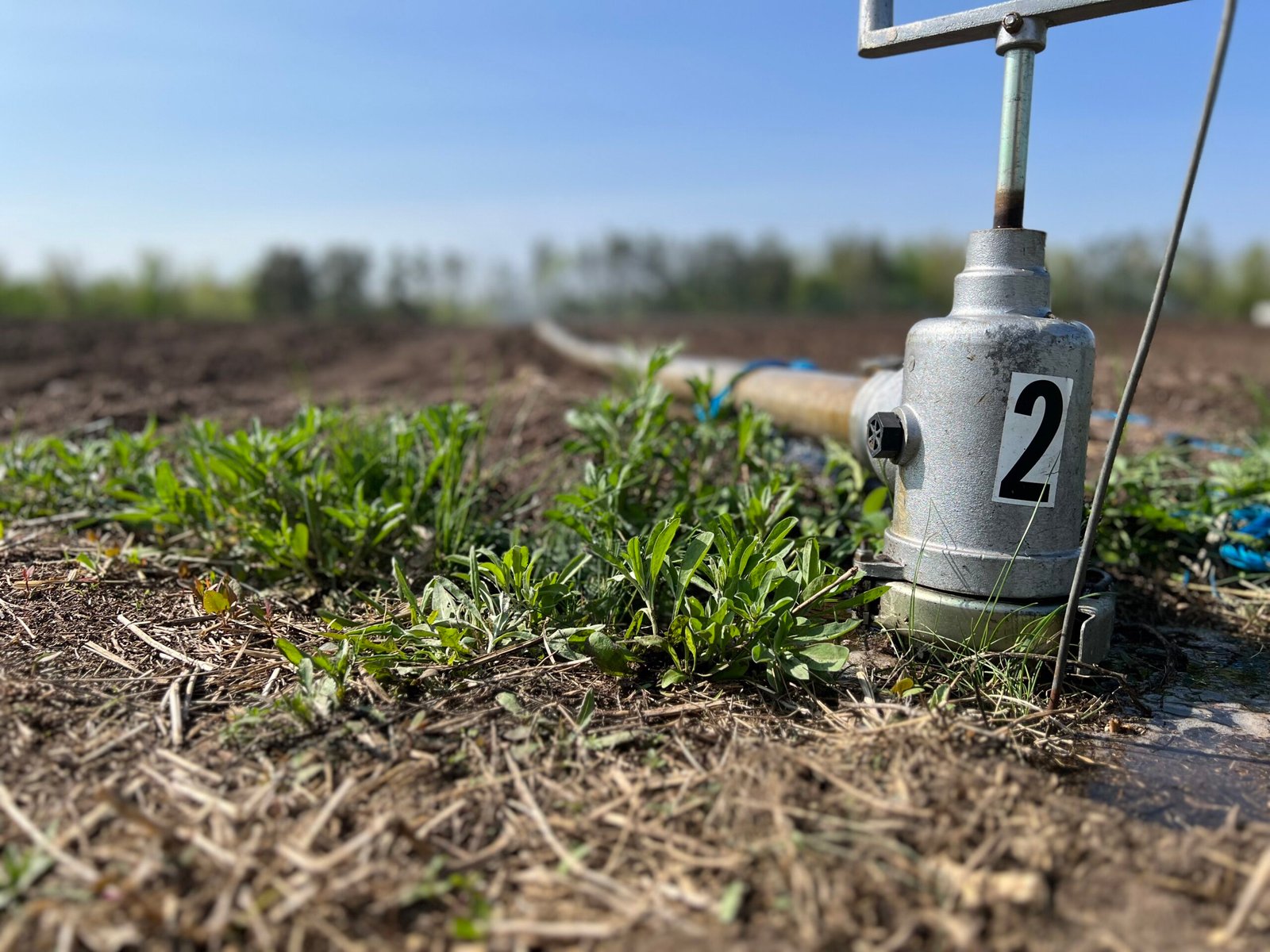Strawberries? Crowns? Huh? .

Strawberries are a delicious and nutritious fruit that can be enjoyed fresh, frozen, or canned. They are also relatively easy to grow, even in the short growing season we have here in the North. One of the best ways to get started with strawberries in northern Minnesota is to transplant crowns.
What are strawberry crowns?
Strawberry crowns are the thick, central part of the strawberry plant where the leaves and runners grow. These actual berry plants are harvested each fall very carefully by nurseries around the country. Strawberries are prolific at producing daughter plants, and the nurseries will harvest these daughter plants after they have gone dormant. There are immediately put into long-term cold storage at their facilities onsite. These freezers keep the crowns at 28 degrees until it is time to ship in the Spring. At that time, they are moved onto refrigerated trucks and kept at that 28 degree temperature and moved to our facilities here in northern MN. They are sold bare-root or potted, and they are a good option for planting here in the North because our spring warm up isn’t very quick (usually).
When to transplant strawberry crowns in northern Minnesota
The best time to transplant strawberry crowns in our country is in early spring. Generally speaking, the last week of April thru the first half of May is the perfect time to get the crowns in the soil.
How to transplant strawberry crowns
- Choose a sunny location for your strawberry patch. Strawberries need at least 6 hours of sunlight per day to produce fruit.
- Amend the soil with compost, manure, or fertilizer but be careful not to over fertilize.
- Dig holes that are large enough to accommodate the roots of the crowns, or rent a transplanter from a local farmer.
- A good general spacing for getting started is 12″ between crowns in a row.
- Plant the crowns so all the root material is covered with soil. The crown should be at the soil surface, with just the stalk protruding from soil. The root doesn’t have to be completely vertical, it is okay if it lays in a trench. Strawberries a generally a very shallow rooted plant.
- Water the plants well after planting. The objective is to the put the plants into a colder soil so they can slowly come back to life and start their growth again.
Care tips for transplanted strawberry crowns
- Keep the strawberry patch weed-free. Weeds compete with the strawberry plants for water and nutrients.
- Water the plants regularly, especially during dry periods.
- Mulch around the plants with straw or wood chips to help retain moisture and suppress weeds.
- Remove any flowers that appear in the first year after planting. This will allow the plants to put their energy into growing strong roots.
Harvesting strawberries
You can expect to harvest your first strawberries in the second year after planting. Strawberries are ripe when they are fully red and soft to the touch. Harvest them carefully to avoid bruising the fruit.
Tips for success
- Choose cold-hardy strawberry varieties that are well-suited for northern climates. All the varieties we sell will excel here, but crowd favorites are “Jewel”, “AC Wendy” and “Cabot” for June bearing.
- Protect your strawberry plants from birds and other pests with netting or row covers.
- Renew your strawberry patch every 3-4 years. This is because strawberry plants produce less fruit as they get older.
With a little care, you can enjoy delicious homegrown strawberries even in the short growing season of northern Minnesota.
Additional tips
- You can also start your strawberry plants from seed. However, this will take longer than transplanting crowns, and the seedlings may not be as true to type.
- If you are short on space, you can grow strawberries in containers. Just be sure to choose a container that is large enough to accommodate the roots of the plants.
I hope this blog post has helped you learn how to grow strawberries by transplanting crowns in northern Minnesota. With a little planning and effort, you can be enjoying fresh strawberries from your own backyard in no time!
Happy planting!
The key is in soil preparation
Strawberries really excel in soils with generally low PH. Strawberries will grow in all soil types, but generally prefer a coarser (sandy) soil over dense, tight clay soils. Berries will grow in these heavier soils, growers just must be more aware of PH, fertility, and over watering.

Even with machines, hands are part of the process
Irrigation is a key component to growing strawberries at scale. Not only does it ensure production during dry spells, but frost protection during flowering is paramount. Lack of frost protection can mean no production some years.



